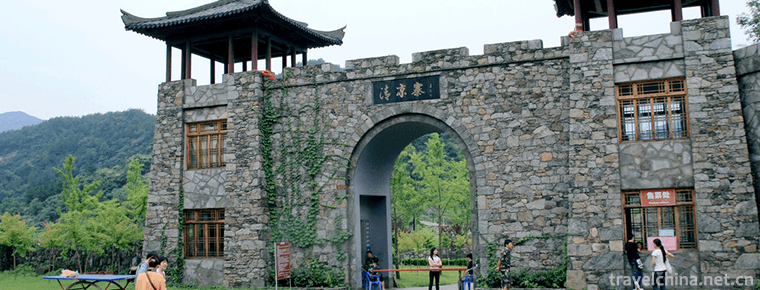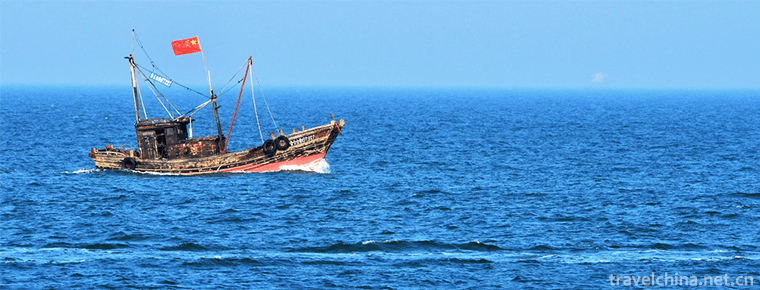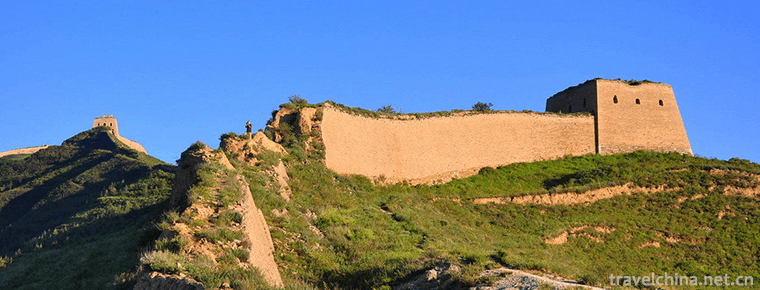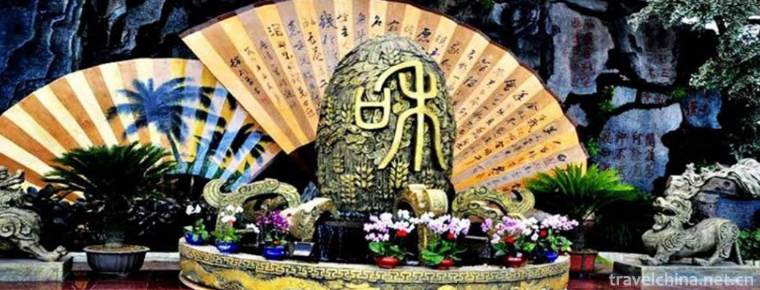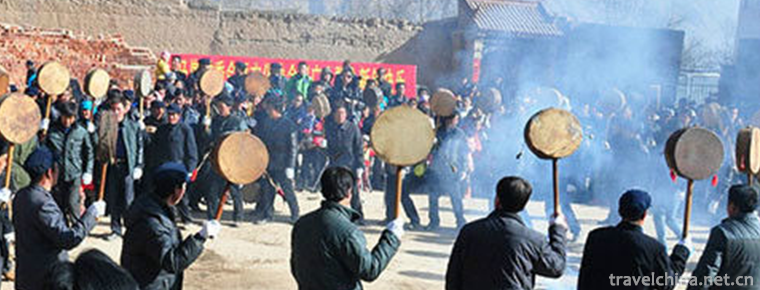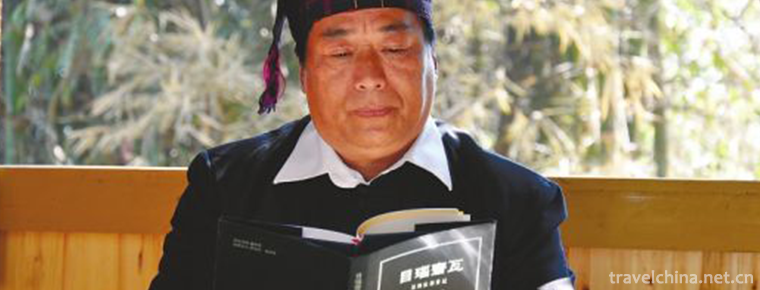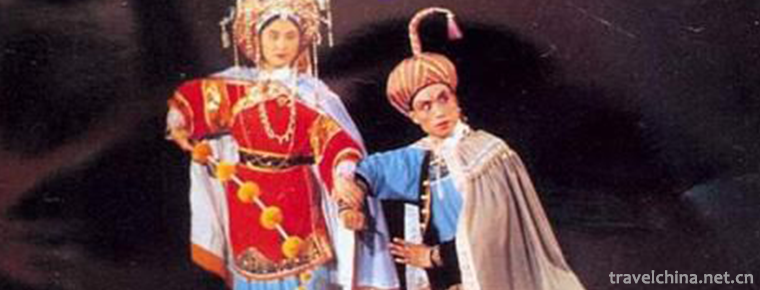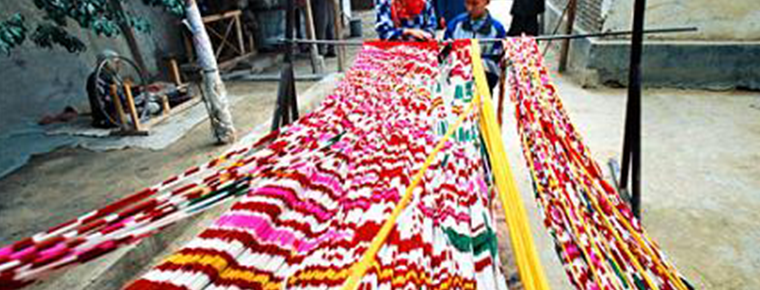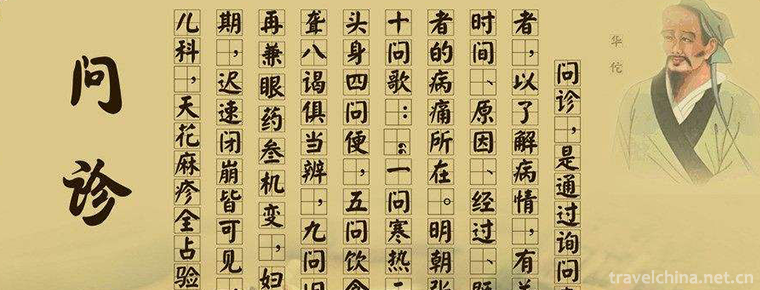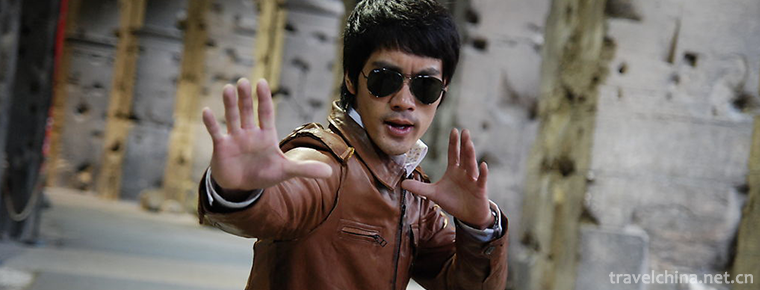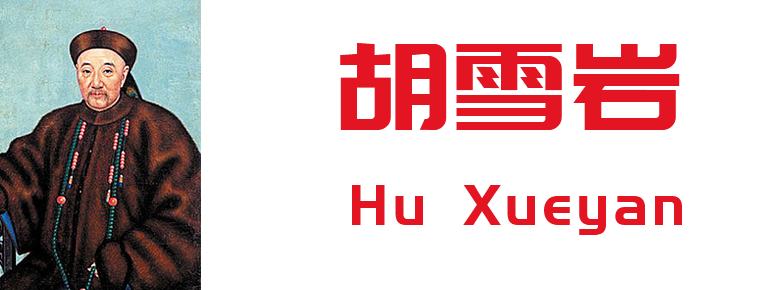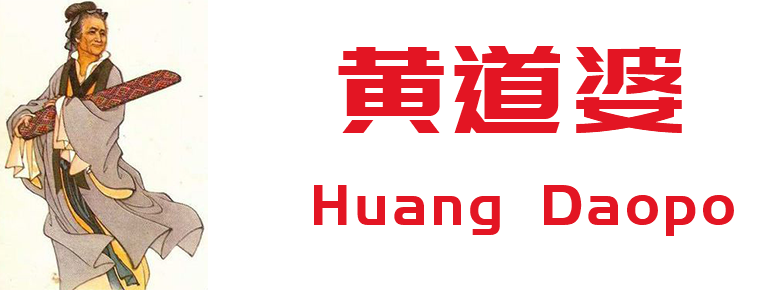Huangshan University
Huangshan University
Huangshan University is located in Anhui province. Huangshan City It is a comprehensive provincial general. Undergraduate Colleges .
Huangshan University, formerly known as the Huizhou normal school, was founded in 1978. In December 1997, it merged with the Huizhou Junior College of University of Science and Technology of China. It was renamed Mount Huangshan higher vocational college. In August 2000, the Anhui Provincial People's Government approved the establishment of the Mount Huangshan Forestry School into the Mount Huangshan higher vocational school. In February 2002, it was approved by the Ministry of education and upgraded to Huangshan University. In 2014, Huangshan University was approved for construction. Anhui higher education revitalization program Local applied high level university projects and countries Excellent agricultural and forestry talents education and training plan Project.
As of September 2018, the school covers an area of 1800 mu, of which the school building area is 527 thousand and 200 square meters, and the total value of teaching equipment is 274 million yuan, with 999 students in the school, 18556 full-time students, 16 two schools and 55 undergraduate majors.
Historical evolution
In 1965, Anhui Tunxi normal school was founded, mainly responsible for training primary school teachers. Kindergarten The tasks of teachers and rotational education administrative cadres.
In 1970, the school was renamed Huizhou normal school.
In March 1978, Anhui Provincial People's Government Approved by the Huizhou normal school.
On the basis of this, the Huizhou normal university class of Anhui Labor University was founded. It formally undertook the enrollment task of higher education institutions, and the educational system was two years.
September 1979, renamed Anhwei Normal University Huizhou junior college.
In May 1980, The State Council Approved to Huizhou normal college, the Provincial Normal University, the school system for three years, the size of students in the provisional 1200, to cultivate junior high school teachers as the main task.
In December 1997, it was founded in October 1986. University of Science & Technology China Huizhou junior college merged with Huizhou normal school. Mount Huangshan College .
In September 2000, Mount Huangshan forestry school, founded in October 1958, was incorporated into Mount Huangshan higher vocational college.
In February 2002, the name of the Mount Huangshan college was changed to Huangshan University.
academic research
scientific research institution
As of October 2018, there were 1 provincial-level research centers, 1 municipal research centers and 8 school level research institutes.
Provincial research centres (1): Anhui Research Center for simulation design and modern manufacturing engineering technology
Municipal Research Center (1): Huangshan City local tourism research center
School Research Institute (8): Institute of photoelectric technology, Institute of biodiversity, Institute of biological resources, Applied Chemistry Institute, Institute of Hui culture, World Heritage Institute, Institute of economic management and Huizhou dialect Institute.
Achievements in scientific research
During 12th Five-Year (2011 to 2015), Huangshan University set up one or two items, 11 items, 117 items in three categories, 165 items in four categories, 141 items in horizontal projects, 10 million yuan in terms of funds, two or three items in provincial science and technology, 1 1 items in the provincial Science and Social Sciences Award and two prize, and other articles in the paper, including articles in the category of patents, and patents in patents.
Academic resources
· Collection resources
As of October 31, 2018, the total amount of literature resources in Huangshan University library amounted to 3 million 911 thousand and 559.
There are 1 million 504 thousand and 8 books, 2 million 407 thousand and 551 e-books, 961 kinds of Chinese periodicals and 69 kinds of newspapers. Featured collection of more than 80000 Huizhou documents, Huizhou local chronicles, genealogy, local ancient books and more than 6000 species, more than 1.4 volumes, ordering, sharing, and self built Chinese and foreign language databases 54, of which 1 are self built special databases, and 1.4 free trial databases.
· Academic journals
" Journal of Huangshan University The main columns in Humanities and social sciences include: "Huizhou cultural studies", "Tourism Studies", "World Heritage Studies", "philosophy and history", "politics and law", "economy and management", "literature, language", "education and teaching" and so on. The main columns of natural science include: "Mathematics", "Information Engineering", "Chemistry", "resources and environment", "computer and network", "architecture", "Sports", "education, teaching" and so on. The journal was awarded the outstanding Journal of Anhui higher education institution and the outstanding national social science journal.
Cultural tradition
School badge
The school emblem is changed from three letters of H, S and U. The H word is composed of two forms with the characteristics of Mount Huangshan Fenglin geology. The tall and straight form symbolizes the spirit of vigorous development of the school, and also represents the educational thought of "ten years of trees and hundred years of people". The whole "H" form is a chime, which implies the spirit of school spirit and the awareness of running a school with one heart and one mind. The S letter runs through the form of H, which symbolizes the spirit of learning "the road is diligent". U changes the 1.5 encircling form, wrapping H and S, symbolizing the school running concept of "inclusive and inclusive".
School motto
The motto of Huangshan University is "teaching people to seek truth and learning to be a real person". This motto is quoted by Tao Xingzhi, an educationalist in 1946, as saying in the article "primary school teachers and democracy movement": "teaching thousands of religions, teaching people to seek truth; learning thousands of studies, learning to be real." Among them, "teaching people to seek truth" means teaching people to pursue truth, understand natural laws, understand social norms, understand themselves, and have a scientific spirit. Learning to be a real person is to learn to be a happy and happy person who follows the laws of nature, social norms and loyalty to himself.
http://www.hsu.edu.cn/
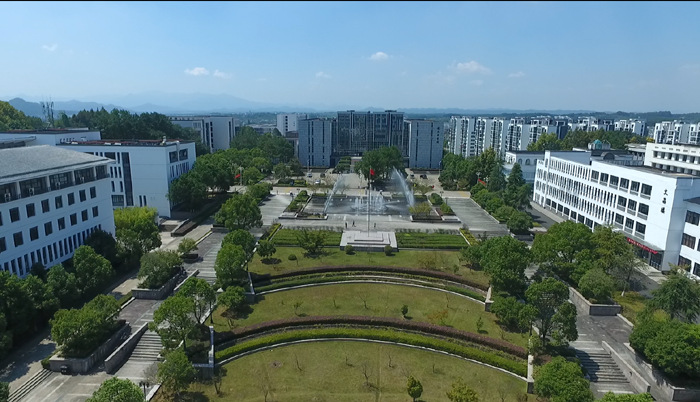
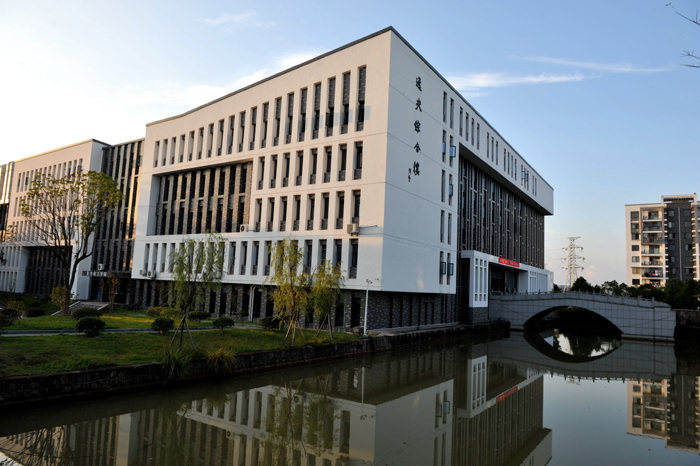
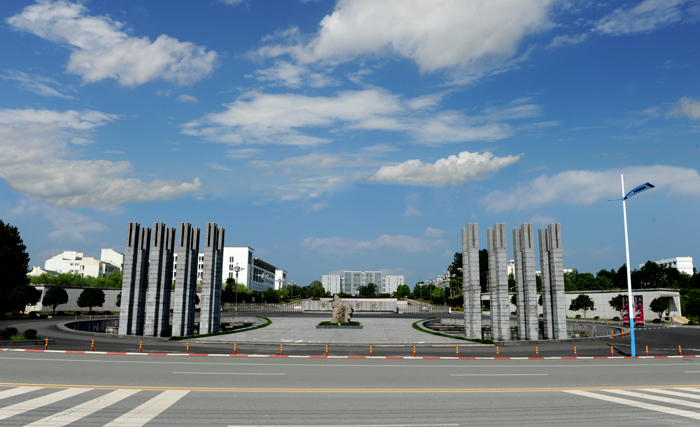
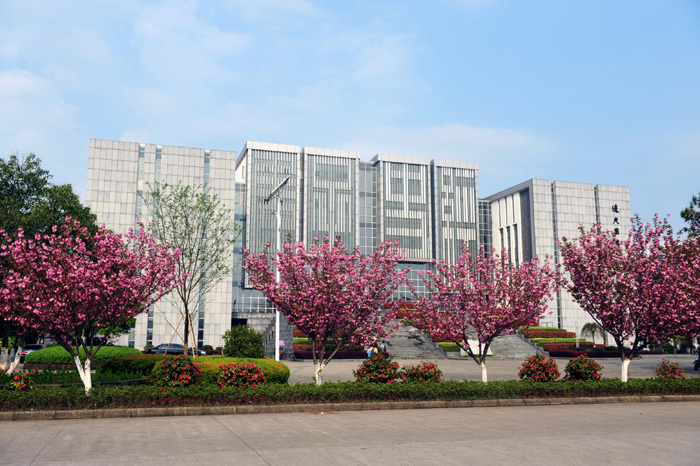
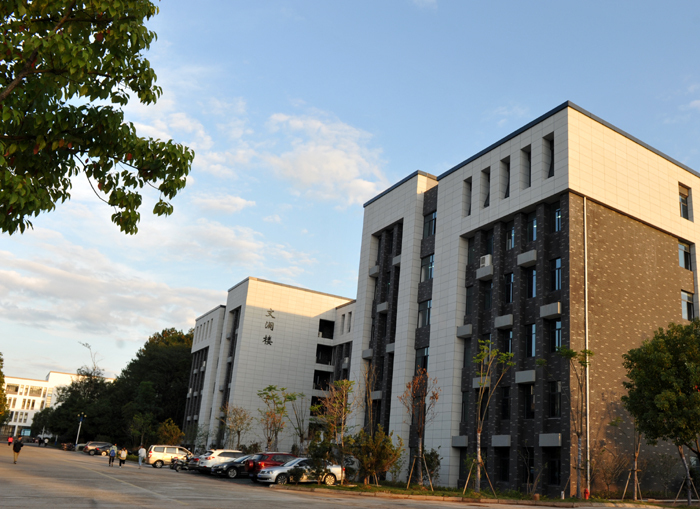
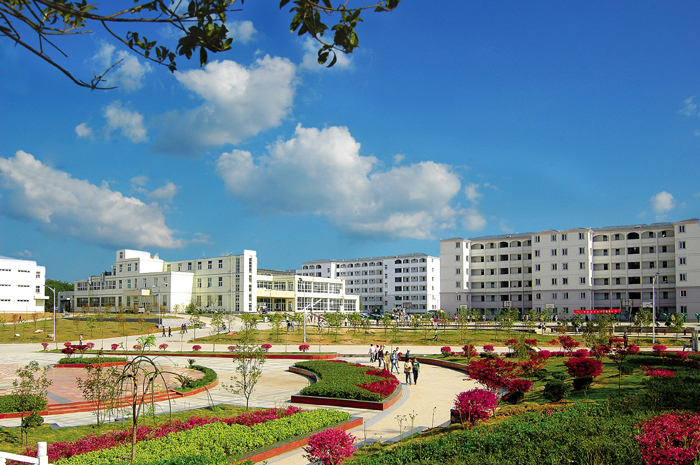
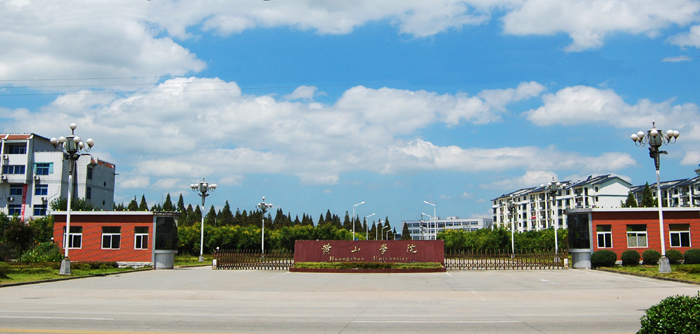
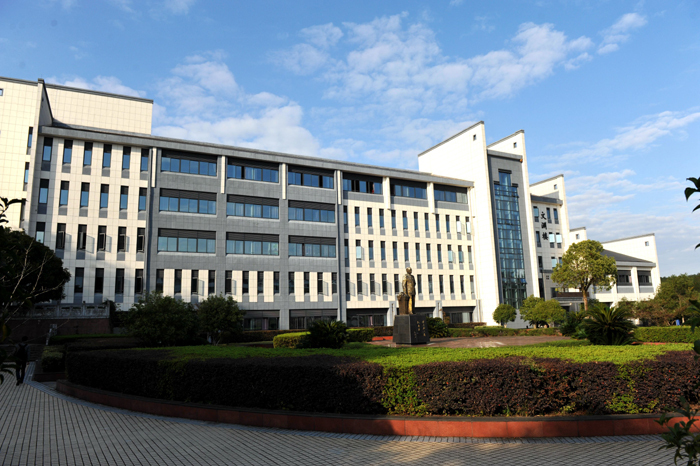
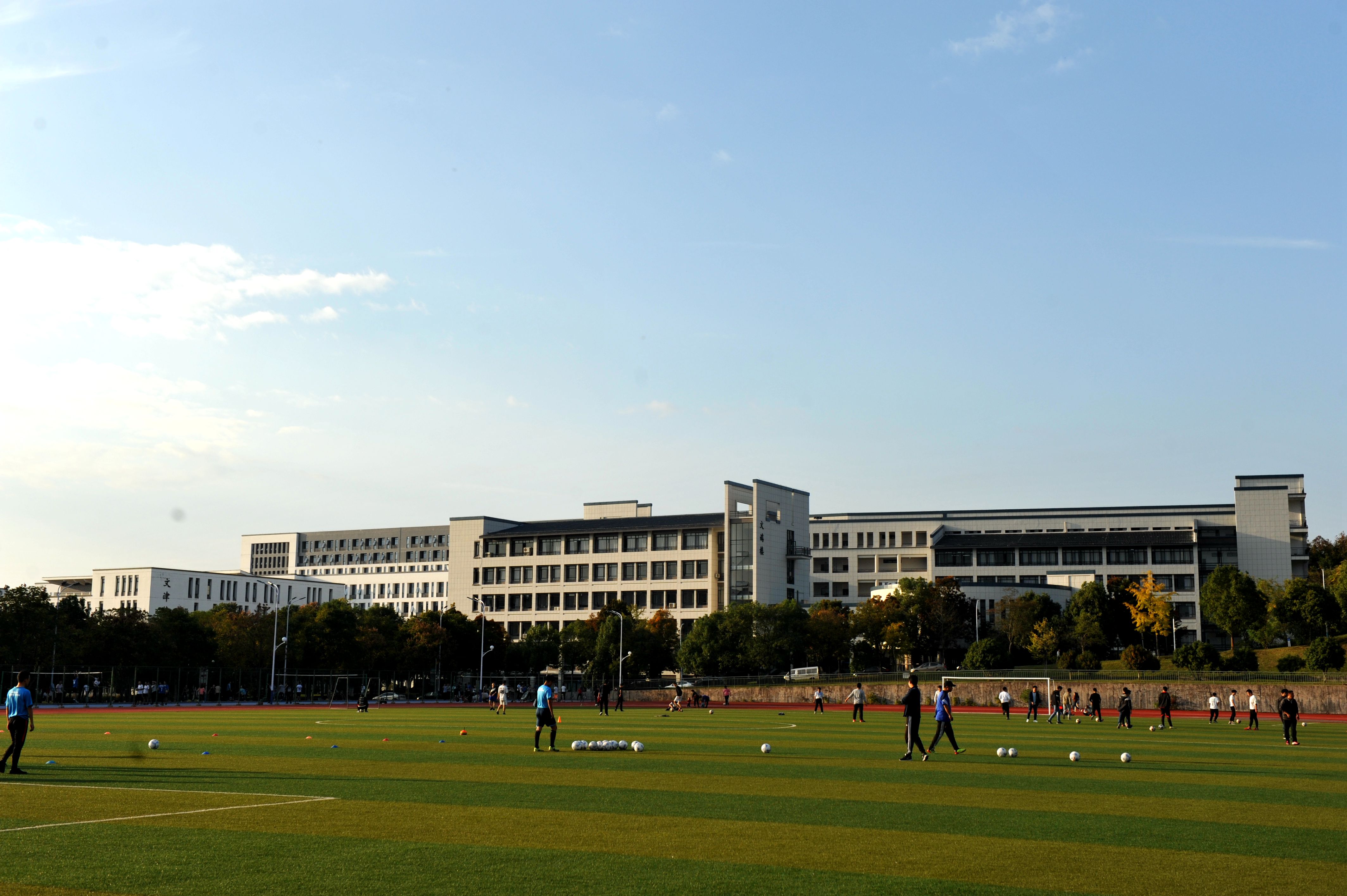

Huangshan University
-
Huangpi Mulan Cultural Ecotourism Area
Wuhan Huangpi Mulan Cultural Eco-tourism Area is located in Huangpi District, Wuhan City, Hubei Province, including Mulan Mountain, Mulan Tianchi, Mulan Grassland
Views: 238 Time 2018-12-12 -
Wanpingkou Scenic Area
Wanpingkou scenic spot is located in Rizhao, a beautiful coastal city in Shandong Province. "Tourist sunshine is bound to Wanpingkou" has become the consensus of tourists around the world
Views: 107 Time 2018-12-17 -
Qingshuihe Ming Great Wall Site
The site of the Great Wall of the Ming Dynasty begins at Jiayuguan in Jiayuguan City in the west, passing through Jiuquan, Gaotai, Linze, Zhangye, Shandan, Yongchang, Minqin
Views: 192 Time 2019-02-07 -
Mount Tais Flower Age
Taishan Flower Age Scenic Area in Tai'an City, Shandong Province, is a large-scale agricultural tourism cultural project with five functions of entertainment, sightseeing, picking, catering
Views: 305 Time 2019-02-13 -
Badang dance
Badang Dance is a kind of ancient folk dance, which originated from the ancient Qiang people's "Temple Festival" in Dingxi Minxian, southeastern Gansu Province. It is also a sacrificial ritu
Views: 210 Time 2019-04-02 -
Munaozaiwa
In May 2011, Munaozaiwa declared by Dehong Dai Jingpo Autonomous Prefecture of Yunnan Province was listed in the third batch of national intangible cultural heritage list with the approval of the Stat
Views: 130 Time 2019-06-06 -
Guizhou opera
Guizhou Opera is one of the local operas popular in Guizhou Province. It evolved and developed from the opera Yangqin (also known as "Wenqin", "Guizhou Playing Ci")
Views: 183 Time 2019-06-10 -
Weaving and Dyeing Techniques of Adlais Silk
Adlais silk is produced in Jiya Township, Luopu County, located in the northwest of Luopu County, on the East Bank of the middle and lower reaches of the Yulong Kashi River. Ancient Hetian was the tra
Views: 452 Time 2019-07-06 -
Diagnosis of Traditional Chinese Medicine
Diagnosis of traditional Chinese medicine, one of the traditional Chinese medicine, is declared by the Chinese Academy of Traditional Chinese Medicine, one of the national intangible cultural heritage
Views: 346 Time 2019-08-10 -
Bruce Lee
Bruce Lee (November 27, 1940 -1973 July 20th) Lee Jun Fan Teacher Ye Wen Born in California, USA San Francisco The ancestral home of China Guangdong Province Foshan City Shunde District Junan Town The
Views: 168 Time 2019-09-04 -
Hu Xueyan
Hu Xueyan (1823-1885), Hu Guangyong, the younger name, Shun Guan. Xue Yan, born in Anhui Huizhou Jixi He moved to Zhejiang when he was 13 years old. Hangzhou Famous in modern China red top A politicia
Views: 109 Time 2019-09-07 -
Huang Daopo
Huang Daopo (1245 - 1330), also known as Huang Po , Yellow mother , Songjiang prefecture Wu Najing town (now Xuhui District, Shanghai) Huajing town People, famous at the end of Song Dynasty and early
Views: 142 Time 2019-09-07
